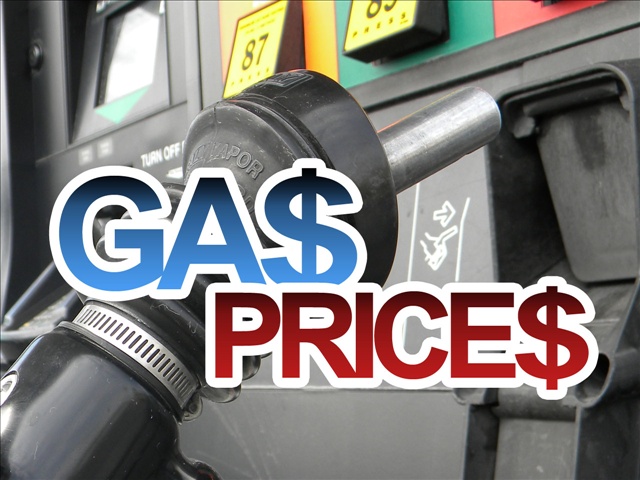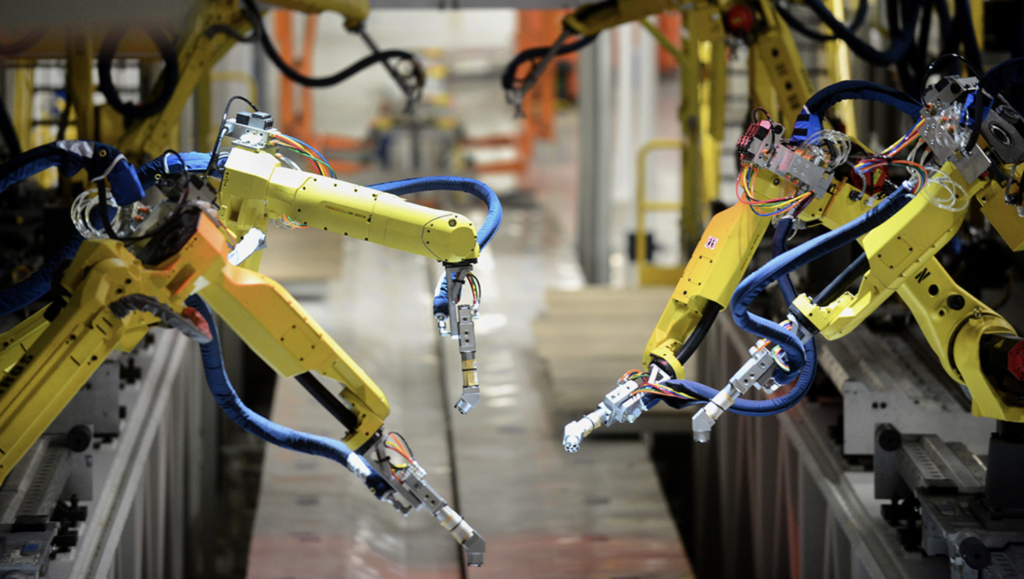
The global economy continued to build momentum this year, spurred by further out performance in G7 economies. As a result, we have edged up our global growth forecast to an average of 3.7% between 2018 and 2019. Given diminishing economic slack and rising wage pressures, central banks are simultaneously starting to back away from previous stimulus measures. However, their cautious approach is akin to applying less pressure on the gas pedal rather than hitting the brake. The U.S. economy in particular has considerable oomph heading into 2018.
Forecast has been upgraded to 2.6% in 2018 and 2.3% in 2019 due to momentum and an anticipated boost from tax cuts. After a sub-par start to 2017, global economic growth accelerated to an above-trend 4% pace in both the second and third quarters of the year. Moreover, a similar brisk pace is estimated for the October-December period.
On the surface, this synchronized expansion in economic activity seems to be the real deal, with the seeds planted by highly accommodative monetary policy, and recently, supportive fiscal policies bearing fruit. Moreover, global surveys show that business and consumers are the most confident theyve been during this cycle, reinforcing the notion that the economy no longer requires life support. Nevertheless, concerns about the sustainability of the current expansion linger among policymakers, particularly in a world of aging labor forces, low productivity growth, high income inequality, elevated policy uncertainty, and a slow uptake of structural reforms.
As with advanced economies, risks to the U.S outlook are somewhat better balanced than in the past, with downside risks largely unchanged from past quarters. Better foreign demand is checked by domestic and global political risks. These risks include threats to disrupt existing trade relationships, elevated levels of indebtedness, and the challenge of sustaining development objectives amidst structural changes.
As widely expected, the policymaking committee lifted its benchmark short-term rate by a quarter percentage point to a range of 1.25% to 1.5%. It marked the central banks third such rate increases this year and a vote of confidence in an economy that has perked up in recent months. The move is expected to ripple across the economy, nudging up rates, most noticeably for credit cards, adjustable-rate mortgages and home-equity lines of credit. The effect on fixed-rate mortgages is likely to be less pronounced.
The US economy will see a further pickup in growth, with or without a tax cut. However, growth in the Eurozone is predicted to have peaked in 2017. Similarly, the recent growth spurt looks set to fade. The Chinese economy’s gradual deceleration is expected to continue. Fortunately, the emerging world’s recovery will likely be sustained and pick up a little steam.








